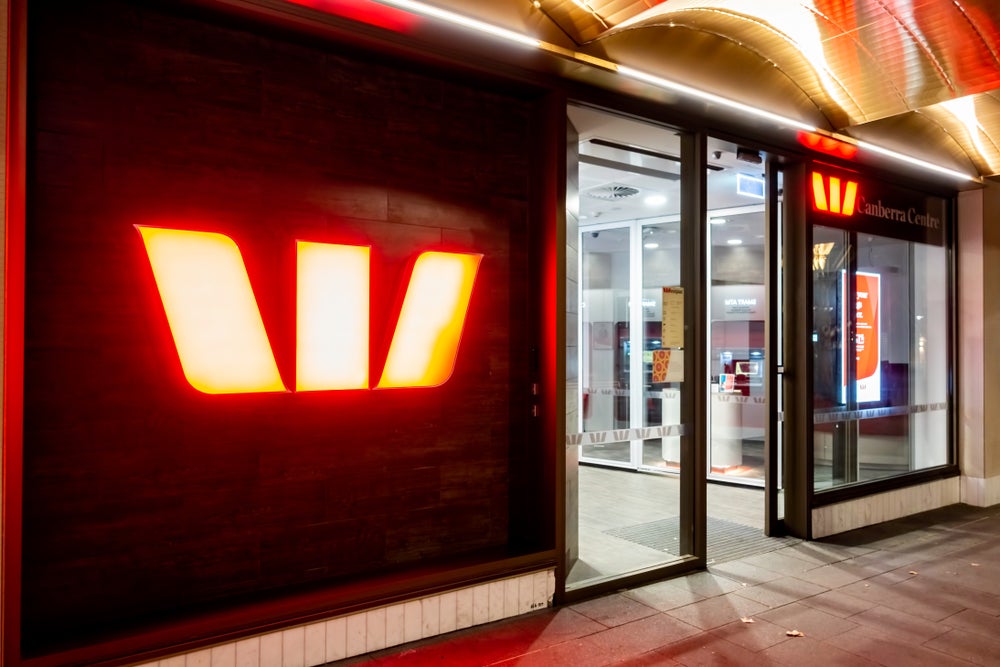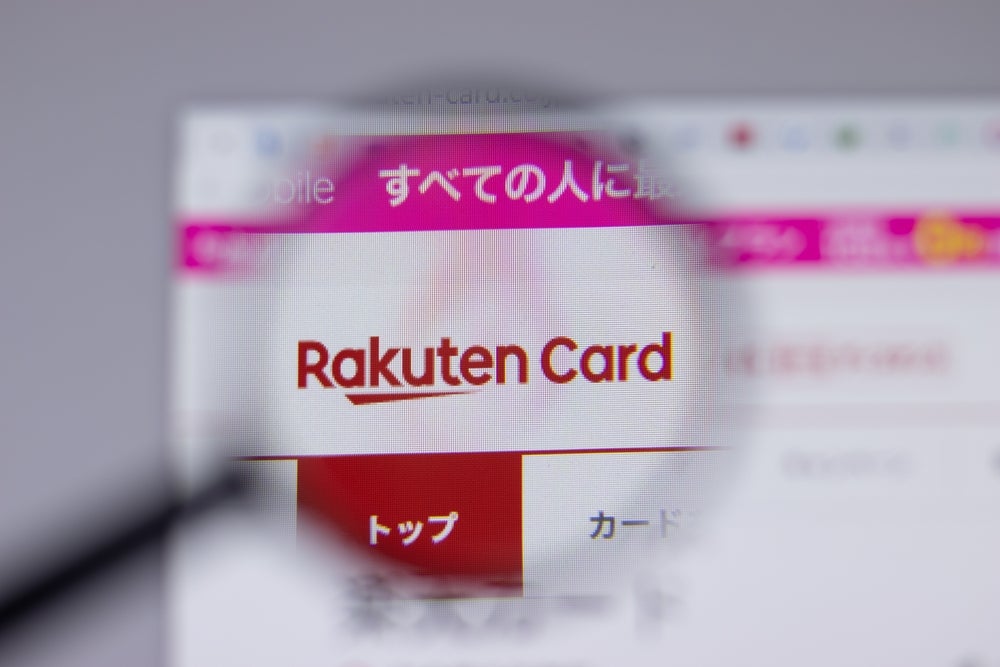Instant issuance of payment cards is a
relatively new concept but one that is growing in popularity with
banks as they seek to reduce production and distribution costs. It
is also driving a re-evaluation of existing business models by
leveraging cross-selling opportunities, as Victoria Conroy reports.
Ask any bank card issuer and they will say
that the relationship between itself and the customer only becomes
tangible when the customer receives his or her card and begins
using it. It sounds simple enough but the process is considerably
more complicated, and the process also contains pitfalls that can
break the relationship before it has even begun. How can a bank
ensure the customer receives the card, activates it immediately and
begins using it? Could instant issuance be the answer?
Counting the cost of card
issuance
Typically, when launching a card
portfolio, banks draw up a mass-issuance business model based on
how many thousands or millions of cardholders they expect to have.
They would then pre-order a fixed amount of cards, typically from a
third party, which would then sit in a factory or bank vault until
being called upon by the bank.
Although banks have some idea of what their
fixed costs would be when doing things this way, there is also a
certain amount of wastage and inefficiency in the process. Card
numbers can fall short or exceed bank estimates of uptake, leading
them to having order more cards to be produced at greater cost, or
having wasted money on manufacturing cards that may never be
used.
Cardholders themselves also have to wait to
see if they are approved to have the card, followed by a further
wait (usually between one or two weeks) while the card is
personalised with the cardholder details and data. Cardholders also
have to wait to be assigned a card number and PIN, which is usually
delivered separately, further pushing up costs for the bank. In
many cases, banks not only have to utilise the services of a
third-party card manufacturer to distribute both the card and the
PIN separately, they also have to stump up the costs of hiring
staff or contracting the services of an outsourced provider to
handle card activation calls from customers after they receive
their cards.
How well do you really know your competitors?
Access the most comprehensive Company Profiles on the market, powered by GlobalData. Save hours of research. Gain competitive edge.

Thank you!
Your download email will arrive shortly
Not ready to buy yet? Download a free sample
We are confident about the unique quality of our Company Profiles. However, we want you to make the most beneficial decision for your business, so we offer a free sample that you can download by submitting the below form
By GlobalDataThe risks of doing things this way are
manifold. The threat of fraud hampers the process, as cards can be
intercepted in the mail by fraudsters and stolen before the cards
get to the intended recipients, pushing up the costs for issuers of
cancelling and replacing cards. And even if the card does arrive in
a timely fashion, there is no guarantee that the customer will
actually activate it and begin using it, meaning that issuers lose
out on that all-important interchange revenue. The longer a
customer has to wait for a card, the less likely they are to use
it.
Whatever delays the card getting to the
customer can fracture the customer’s trust in the bank, which may
find itself with a reputation for poor customer service as a
result.
Instant issuance is an instant
success
Instant issuance is a concept that
started in the 1990s, and is now beginning to gain traction in many
parts of the world. It involves a card being handed to the customer
at the moment they are approved to receive one – this process
typically happens when a customer applies in-branch and they
receive their card in a matter of minutes, boosting the likelihood
of them using the card straight away and eliminating the risk of
the card being intercepted by fraudsters.
The instant issuance process involves a bank
branch or retailer location using a software package, a PIN pad, a
card embossing machine sometimes in tandem with a photo-printing
machine to issue cards to customers in-branch. According to US
instant issuance provider Dynamic Card Solutions, a 10-branch
banking network pays around $10,000-$12,000 per branch for the
necessary equipment.
However, once instant issuance is in place,
bank card stock inventories and distribution costs are reduced, and
because the process takes place in-branch, the bank also has the
opportunity to cross-sell other financial products or services to
the customer, deepening the relationship life cycle and increasing
revenue for the bank.
Although cost benefits will vary from bank to
bank, the savings and return on investment can be significant.
US-based Fidelity Financial estimates that instant issuance cuts
$2.32 per card off the cost of issuance, since it does not have to
pay a third party to mail the card and PIN in two separate
envelopes, nor does it have to pay a third party to handle
activation calls. Fidelity Financial says that by rolling out
instant issuance it immediately paid for the cost of the equipment
needed to store and emboss cards in its branches.
Although instant issuance is more
commonly associated with prepaid cards, which can be bought, loaded
with funds and used instantly, the concept can also apply to other
forms of payment cards, including debit and credit. Up until
recently, instant issuance was mainly the preserve of small
financial institutions such as credit unions, but bigger banks are
now taking an interest.
Personalisation
Linked to instant issuance is personalisation,
where cardholders can customise their cards with a range of
pre-approved photos or images, increasing the likelihood the
customer will make the card ‘top of wallet’ which will increase
usage and interchange revenue.
European smart card manufacturer Gemalto
announced in November 2008 that it had equipped over 300 shopping
malls worldwide with its Dexxis instant issuance solution, with
some clients personalising and issuing up to 200 cards per week –
given that banks spend around €100 ($127.60) per account on
marketing efforts, Gemalto says that instant issuance is certainly
paying dividends.
German card manufacturer Giesecke &
Devrient (G&D) is one company that is capitalising on the
growing popularity of instant issuance.
Speaking to CI, group vice-president
and head of business development Dr Hermann Sterzinger, explained:
“G&D started to promote instant issuance more than three years
ago and set up one of the world’s first pilots combining the
possibility of an individualised picture card with the instant
issuance delivery. Customers could load their own pictures into the
system and modify the images at their discretion. Subsequently, the
picture was printed on the full card front and the card was
issued.
“While some banks are looking for cost saving
potential, others focus on increasing their service, extend their
portfolio and in making banking products an experience for the
customer,” he added.
“G&D is currently involved in several
instant issuance projects. One of the projects G&D implemented
recently for a financial institute in the Philippines comprised the
printing of individual pictures on a card in the bank’s branch. The
financial institute aimed at achieving a clear differentiation from
their competitors in terms of immediate service and individual
customer treatment.”
Expanding distribution
possibilities
Instant issuance can also take place
outside the branch location. In November 2007, Visa Europe launched
its own instant issuance solution, enabling cards to be issued
outside the traditional banking environment, so that bank employees
do not need to be physically present when the card is issued to the
customer. This solution was developed for the retail card
environment, and enables the bank to manage the process securely
and remotely.
Visa cards can also be instantly issued ‘on
the road’, for example at special sporting events or other
promotions. In August 2008, Italian card issuer Findomestic
launched the first retailer-operated Visa instant issuance pilot in
Europe at the La Rinascente department store in Catania, Italy.
Instant issuance credit
cards?
Although instant issuance for the
moment is confined mostly to prepaid and debit cards, instant
issuance on the credit side has been problematic. Credit card
applications have to be checked, the customer’s credit worthiness
assessed, risk profiles formed and credit limits agreed.
“Prepaid and debit card markets are important
for instant issuance, primarily due to the reduced credit risks,”
says G&D’s Sterzinger. “Using prepaid and debit cards,
customers can only spend money they have available in their
accounts. Before a credit card is issued, the creditworthiness of a
customer must be evaluated. Until recently, evaluations in real
time were hardly possible.
“Banks therefore often set up new accounts,
issue a debit or ATM card and as a second step, a credit card. As
new technology and services become available, checks can be carried
out immediately, making instant credit decisions and card issuance
possible. More and more countries are adopting the exclusive
service of instant credit card issuance.”
However, it is unlikely that instant issuance
will completely do away with existing application and distribution
processes, but it is likely to be more useful for niche card
products or occasions for the time being. According to G&D’s
Sterzinger, it very much depends on the issuer’s business model,
regional market, and customer profile.
“Instant issuance is a smart customer loyalty
tool, and usage is a strategic decision to be taken by the
issuers,” he said. “For efficiency reasons, mass volume
personalisation will remain the main way of issuance. Instant
issuance is an add-on tool for special use cases including VIP
customer treatment, companion device issuance, enlargement of
business operations with retailers and for card issuance at special
events.”
There are also risks inherent in the instant
issuance process that must not go overlooked.
Visa’s implementation requirements for instant
issuance describe physical and logical system design and operations
to ensure that all equipment, customer data, card stock,
consumables, cryptographic keys and PINs are adequately controlled
and protected. Visa also requires that all systems must enforce
dual control and segregation of personnel duties so that no single
person has the ability to enter a customer’s personal information,
create a card and choose or obtain the PIN. Non-branch systems
located in environments such as retailer locations require
additional physical and logistical controls.
But there is definitely room for growth in
this sector. It is estimated that only 5 percent of all payment
cards in existence globally have been instantly issued, and with
the growing popularity of debit, prepaid and contactless cards
worldwide, demand for instant issuance looks likely to increase
considerably.
This is particularly the case for banks
looking to get a grip on their costs in an uncertain economic
climate, or for those banks in emerging markets that are making
efforts to reach out to the unbanked and bring them into the realms
of financial inclusion by giving a previously unbanked customer
their very first payment card. Mobile bank issuance units can also
eliminate the problem of rural customers being out of reach of
branch networks.
In rural areas especially, for example in
countries like India or Brazil, instant issuance could be the first
step in forging a lifelong relationship between the customer and
the bank, and banks in several emerging card markets such as the
Middle East and Asia-Pacific are now rolling out instant issuance.
Arab National Bank, Syndicate Bank and Andhra Bank of India and
UniCredit in the Ukraine are just some of the players in emerging
markets that have successfully deployed instant issuance
programmes.
Even in more developed markets such as Turkey,
banks are using instant issuance to roll out more sophisticated
offerings. Bank Asya partnered with MasterCard in July 2008 to roll
out the instantly-issued contactless-enabled Asyacard DIT, a
multi-application EMV card which combines payment and transit
applications.
For contactless, instant issuance means that
cardholders can start using their cards as soon as they step
outside the branch, and according to G&D’s Sterzinger, instant
issuance doesn’t have to be restricted to just cards.
“The functionality is not limited to the card
form factor – it can be used to personalise and immediately issue
key fobs, NFC mobile phones and other new devices in a bank branch
or at a point of sale,” he said.
Instant issuance may gain more prominence in
the months ahead as regulatory pressure increases on interchange in
many parts of the world. If banks are forced to reduce interchange
rates, it will become more important than ever to not only reduce
the number of inactive cards, but to increase transaction volumes
in order to offset any interchange losses.
Step-by-step
The instant issuance
process
• Bank staff load cards into instant
issuance machine
• Customer requests card, machine is
activated
• Machine embosses cardholder
details and card number onto card
• Machine downloads encryption codes
from a separate location as an additional security measure
• Necessary equipment and software
typically costs between $10,000 and $12,000 per branch.
Benefits of instant
issue
• Card issued and activated
immediately
• Encourages card usage versus cash
and cheques
• Increased card usage rates
• Increased sales and interchange
revenue
• Decreased personalisation
costs
• Decreased mail fraud/identity
theft
• Decreased risk of
lost/stolen/damaged cards
• Greater control of card issuance
from initial request to delivery
• Enhanced cross-sell
opportunities
• Enhanced customer service
• Decentralised operations
• Leverages existing branch
network







